Your face is pushed forward from the back of your head
 The embryonic stem cells that form faces – neural crest cells – use an unexpected mechanism to develop our facial features, according to a new UCL-led study involving IBEC researchers.
The embryonic stem cells that form faces – neural crest cells – use an unexpected mechanism to develop our facial features, according to a new UCL-led study involving IBEC researchers.
By identifying how these cells move, the researchers’ findings could help understand how facial defects, such as cleft palate and facial palsy, occur.
This newly described mechanism is likely to be found in other cell movement processes, such as cancer invasion during metastasis or wound healing, so the findings may pave the way to developing a range of new therapies for these, too.

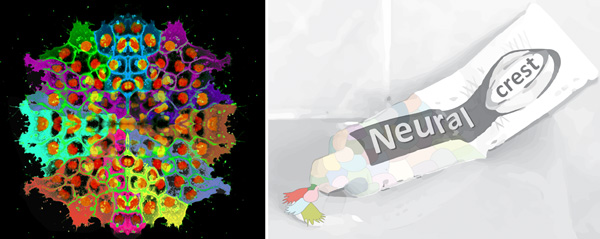
 The embryonic stem cells that form faces – neural crest cells – use an unexpected mechanism to develop our facial features, according to a new UCL-led study involving IBEC researchers.
The embryonic stem cells that form faces – neural crest cells – use an unexpected mechanism to develop our facial features, according to a new UCL-led study involving IBEC researchers.

 The Signal and Information Processing for Sensing Systems group have revealed a new analytical technique that can be used to measure cannabinoids in plants and tobacco.
The Signal and Information Processing for Sensing Systems group have revealed a new analytical technique that can be used to measure cannabinoids in plants and tobacco.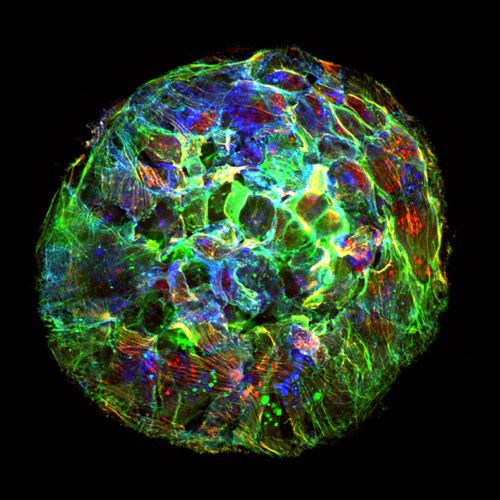
 Researchers from IBEC and UB have discovered that the way tumor cells expand defies the laws of physics.
Researchers from IBEC and UB have discovered that the way tumor cells expand defies the laws of physics.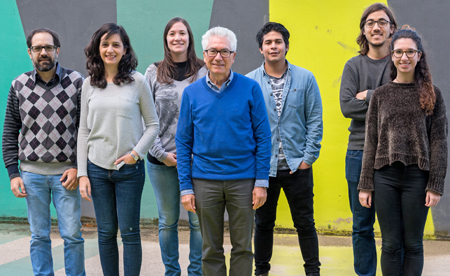
 A study published in the American Journal of Respiratory and Critical Care Medicine has revealed that sleep apnea could promote the growth of lung cancer in younger individuals.
A study published in the American Journal of Respiratory and Critical Care Medicine has revealed that sleep apnea could promote the growth of lung cancer in younger individuals.
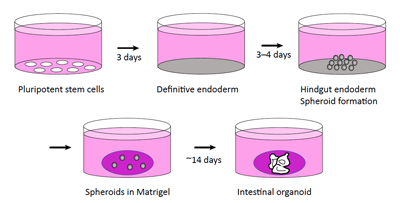 IBEC’s
IBEC’s 
 A review by IBEC group leader and ICREA research professor Xavier Trepat is one of six featured in Nature Physics’ latest ‘Insight’ issue, ‘The Physics of Living Systems’, in which all the articles have been co-authored by a physicist and a biologist.
A review by IBEC group leader and ICREA research professor Xavier Trepat is one of six featured in Nature Physics’ latest ‘Insight’ issue, ‘The Physics of Living Systems’, in which all the articles have been co-authored by a physicist and a biologist.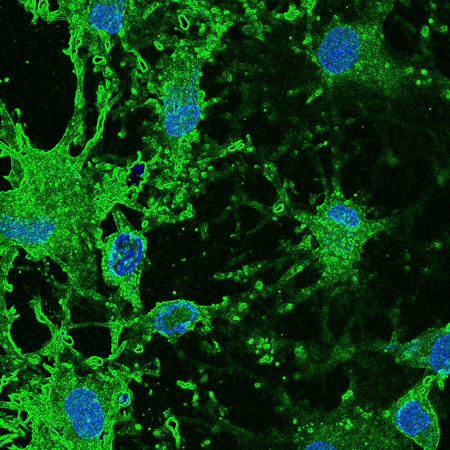
 IBEC’s Biomaterials for Regenerative Therapies group has published a review of the state-of-the-art in biomaterials for skin healing that proposes a move towards more personalized, in situ therapies.
IBEC’s Biomaterials for Regenerative Therapies group has published a review of the state-of-the-art in biomaterials for skin healing that proposes a move towards more personalized, in situ therapies.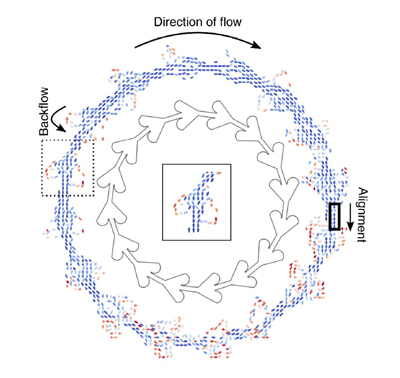
 IBEC’s Smart-Nano-Bio-Devices and Nanobioengineering groups have joined forces to solve the problem of random movement of micro- and nanomotors.
IBEC’s Smart-Nano-Bio-Devices and Nanobioengineering groups have joined forces to solve the problem of random movement of micro- and nanomotors.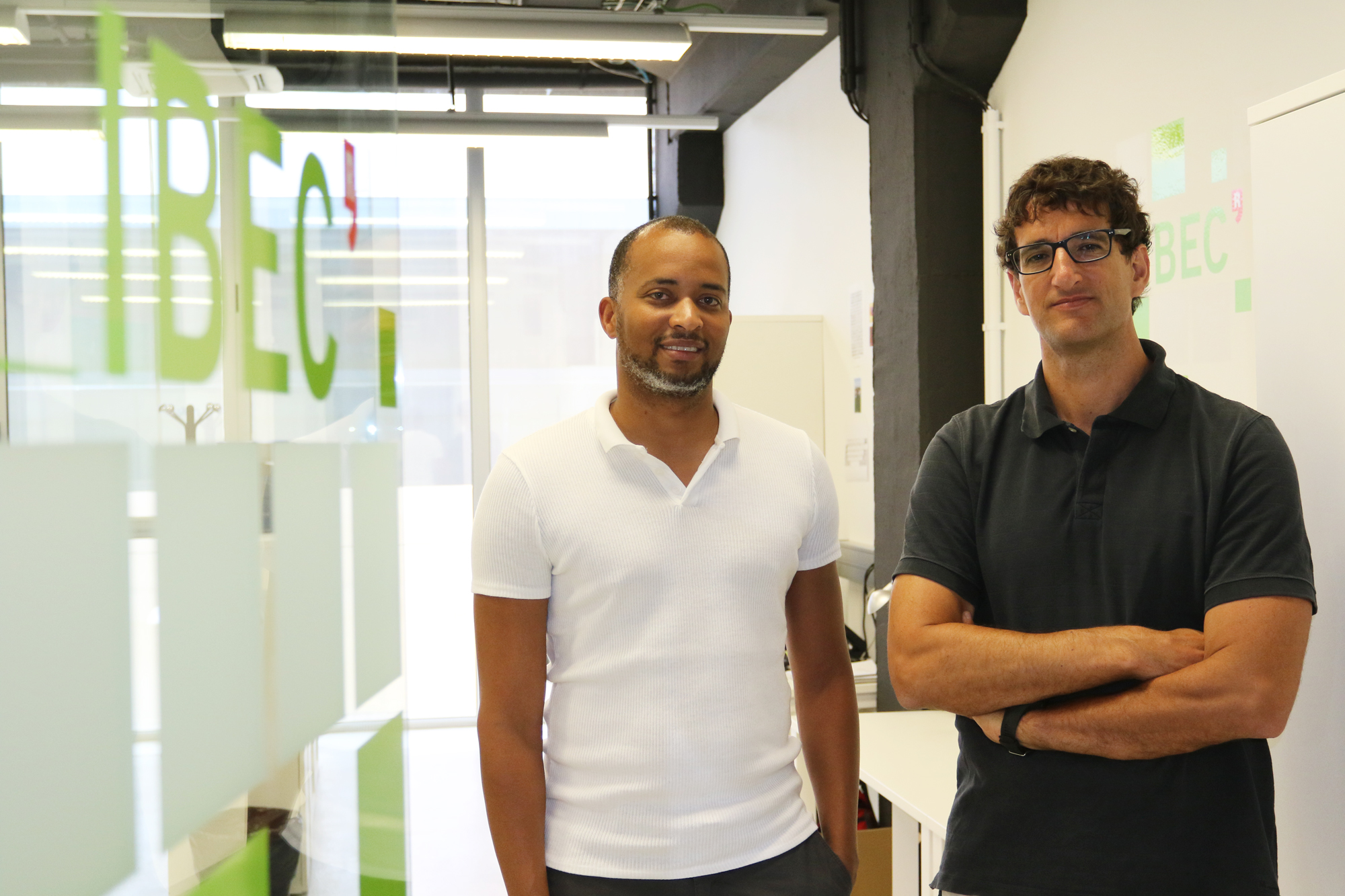
 Research led by the University of Manchester’s National Graphene Institute, with the collaboration with IBEC, reveals that water that’s only a few molecules thick – like the water that covers every surface around us – behaves very differently to normal, ‘bulk’ water.
Research led by the University of Manchester’s National Graphene Institute, with the collaboration with IBEC, reveals that water that’s only a few molecules thick – like the water that covers every surface around us – behaves very differently to normal, ‘bulk’ water.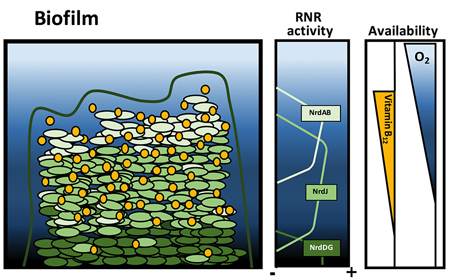
 IBEC’s Bacterial infections: antimicrobial therapies group has revealed the essential role played by a vitamin in the development of a common bacterial biofilm.
IBEC’s Bacterial infections: antimicrobial therapies group has revealed the essential role played by a vitamin in the development of a common bacterial biofilm.